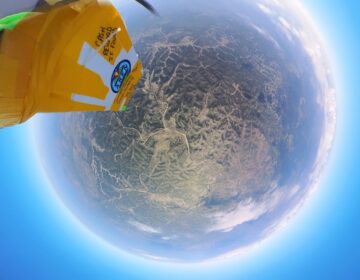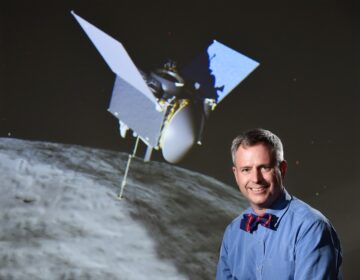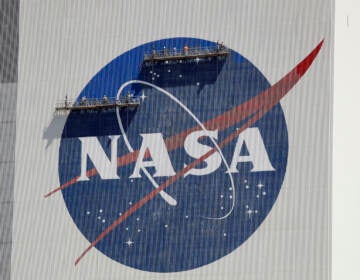Is NASA’s Curiosity rover lonely on Mars?
Some humans here on Earth think so, now that the Opportunity rover’s mission has ended.
Listen 05:56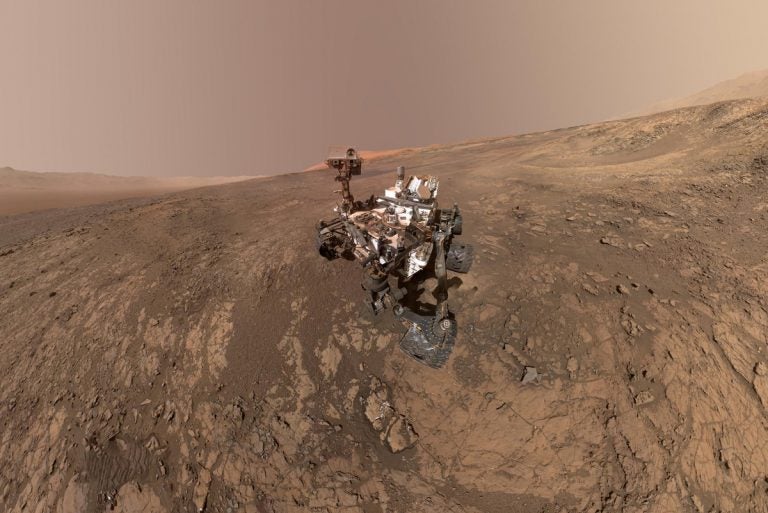
This self-portrait of NASA's Curiosity Mars rover shows the vehicle on Vera Rubin Ridge. (NASA/JPL-Caltech/MSSS)
Imagine you’re on another planet, slowly climbing up the side of a mountain for years, with nothing but dust and rocks for company.
That’s what life is like for Curiosity, one of the robots with wheels that NASA calls rovers. Another rover, Opportunity, ended its mission Feb. 13, so Curiosity is now the only functioning one left on Mars.
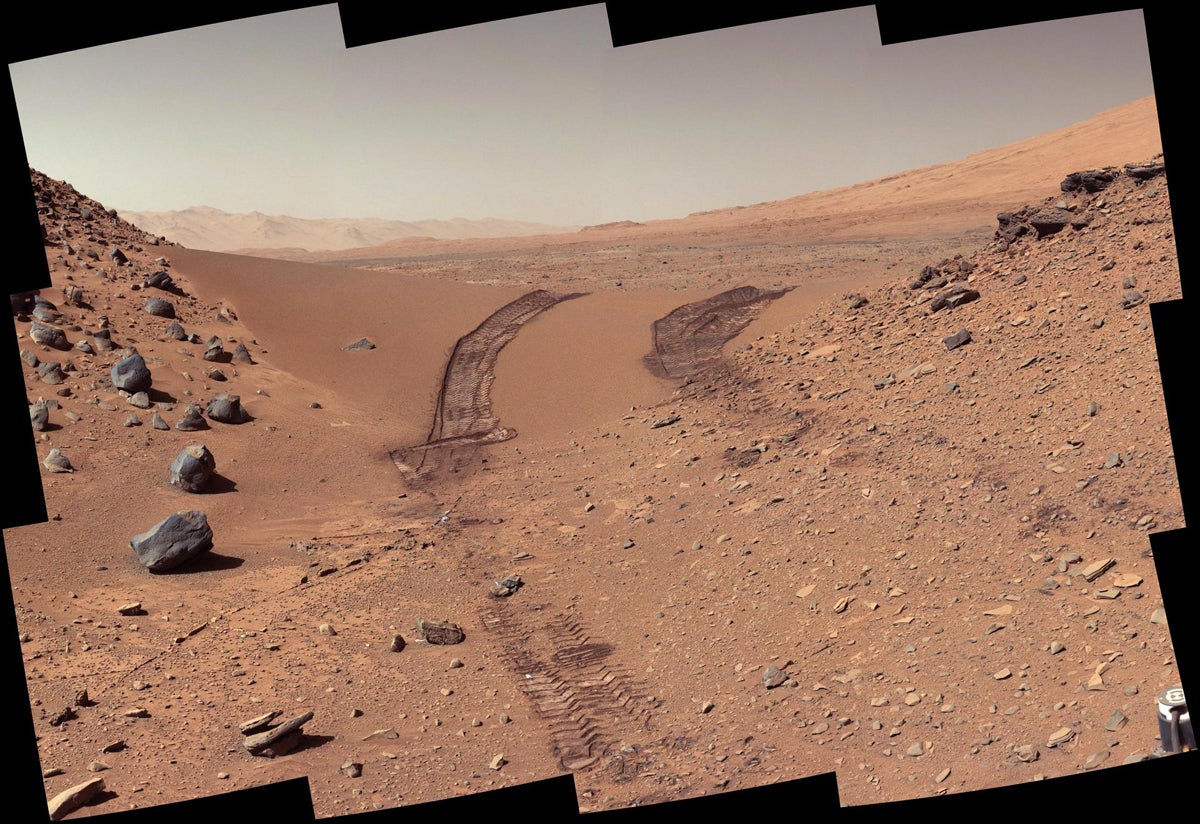
One year after Curiosity arrived on the red planet, the team at NASA marked the occasion by having the rover play a song to itself.
NASA Deputy Chief Technologist Florence Tan came up with the idea, but she didn’t think people would pay much attention. They did, and not in the way she expected.
“People were talking about: Poor, poor rover. Is anyone else crying? That’s the saddest birthday song I’ve ever heard.”
The YouTube video got more than 1.2 million views. Here are some of the viewer comments:
“That’s so depressing, it’s singing to itself and can only hear the music echoing through the empty Martian landscape.”
“Happy birthday to me, happy birthday to me, I am so very lonely, happy birthday to me.”
“It’s literally an inanimate object, why am I still crying?”
Ashwin Vasavada, project scientist for Curiosity, said he kind of gets why people reacted so strongly.
“It’s got to be pretty lonely where Curiosity is, in this vast crater with absolutely nothing except the sound of the wind and dust blowing around,” he said.
But we shouldn’t be too worried, Vasavada said, the humans at NASA stay in touch with Curiosity.
“We say ‘hi’ to it every morning and give it some productive things to do, so it’s got some friends, but they’re just not directly around it,” he said.
He clarified: It’s technically not every morning. Mars has 24.6-hour days, so there are some time differences.
Technologist Florence Tan said she does have an emotional reaction when she sees Curiosity. But for her, that emotion is pride.
“When I look at Curiosity, I look at it as, ‘I put that on Mars, I did that,’ ” she said. “It’s great, and we’re getting great science, and it’s also encouraging the next group of young people to be excited, it’s giving people a sense of: I could do this too.”
Here’s the backstory on how the rover came to play its song, a story that’s grounded in the science it was designed to do:
Curiosity helps scientists study the chemicals on Mars. The rover scoops up a little Martian dirt, burns it to vapor, then sends the vapor to various sensors inside the robot. That’s how we found out Mars has some ancient chemical ingredients for life, like nitrogen and carbon.
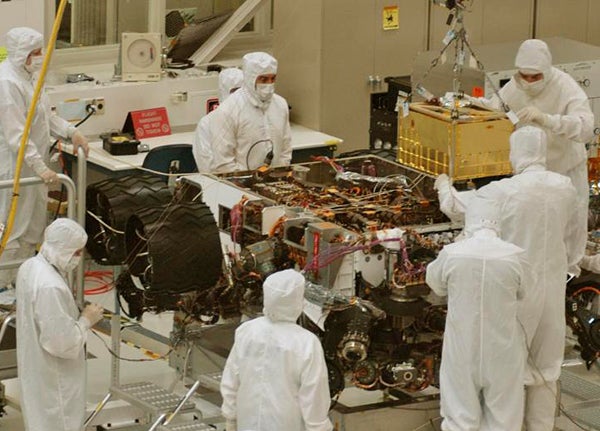
The team prepared for all sorts of problems, like what if the Martian dirt clogs a pipe?
To avoid that problem, researchers programmed the robot so the containers holding the dirt shake, and none of the pipes get clogged. Software developer Tom Nolan tested the shaker by having it vibrate. And for a little extra fun, he had it not just vibrate but vibrate rhythmically.
“It’s doing what the shaker was designed to do, but in a kind of unexpected way,” he said.
Nolan is Tan’s husband. And as a test in their lab, they made the rover play “Twinkle, Twinkle, Little Star” and Beethoven’s “Für Elise.”
“Everybody was just bent over laughing, they thought this was the most hilarious thing, a piece of spaceflight hardware that was playing a little song. I guess it’s engineer humor.”
So that’s how Curiosity was able to play a birthday song to itself.
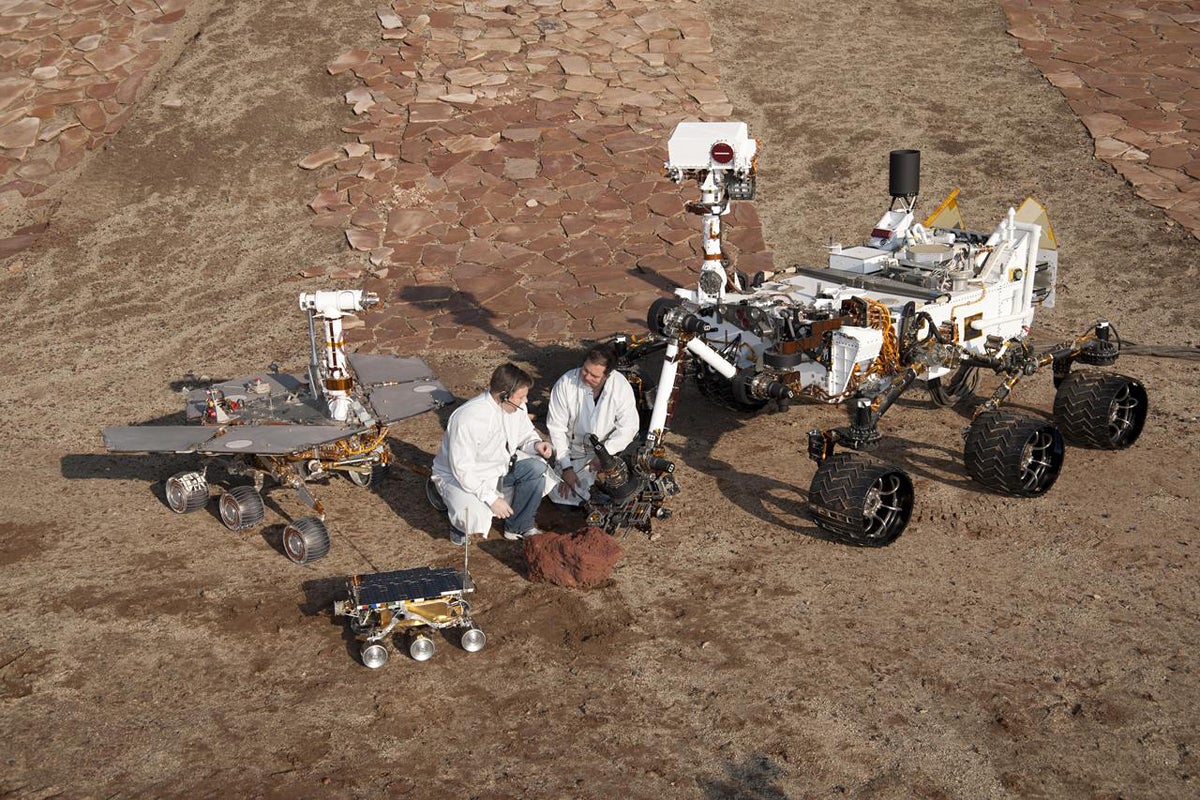
Why did people on Earth have such a strong response to this birthday song?
Planetary scientist Tanya Harrison worked on Curiosity. She said people might especially identify with rovers, versus other robots like satellites, because rovers have ‘eyes’ and ‘arms.’
“You can think of it as something that is alive in some way and it’s acting as this emissary for us as humans on Mars, since we can’t get there ourselves just yet.”
Harrison also worked on the previous Mars rover for NASA. And says an emotional connection can be good. Last year, when Opportunity lost contact with Earth, the public rallied behind the rover to get NASA to save it.
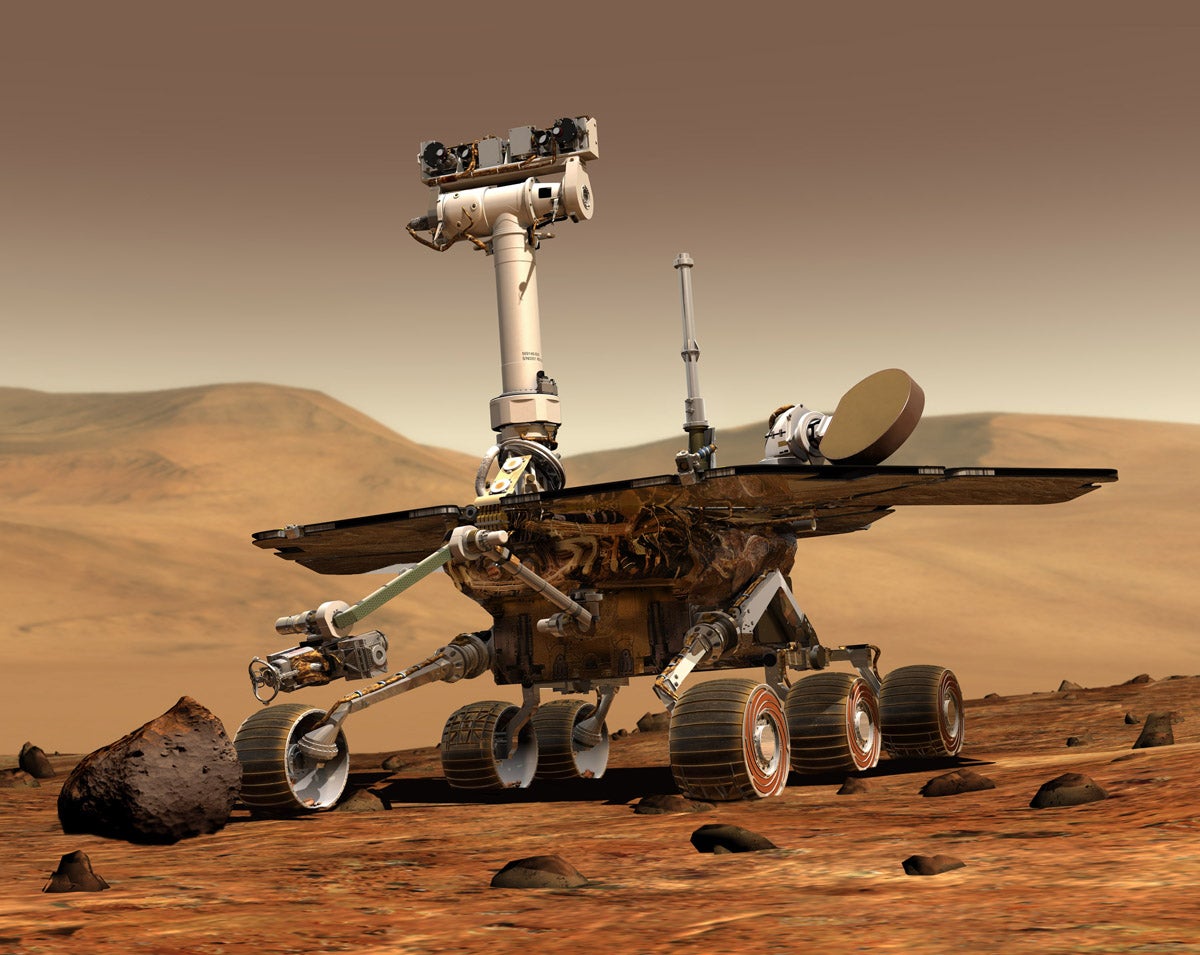
“A lot of effort for NASA, in terms of funding and what they decide to do, really hinges on what the public is interested in and engaged in,” she said.
Harrison was at the Jet Propulsion Laboratory this month, when NASA made one last effort to get in touch with Opportunity.
“Everybody went silent and just waited and watched this little screen where you would see a blip come up if we had heard something from the rover, kind of like watching for a heartbeat on a heart monitor or something like that. It didn’t come.”
The huge reaction people had to the end of Opportunity’s mission on Mars could affect how NASA thinks about social media and engagement for future missions, she said.
The last message Opportunity sent back was a bunch of telemetry and power readings, but people embraced a different interpretation: My battery is low, and it’s getting dark.
“The fact that people took that and tried to turn it into something very poetic coming from this machine on another planet, I think shows how much we’re emoting with it and embodying it with emotions,” Harrison said.
It’s not goodbye forever. Just for a little while. She and Spirit will be waiting for us when we reach Mars. Thank you, Oppy ❤️#OppyOut #thankyouOppy #oppyart #opportunity #opportunityrover #goforlaunchcomics #sciart #abbygarrettart #NASA @MarsRovers @NASA @NASAJPL @tanyaofmars pic.twitter.com/2ef8fwQijW
— Abby Garrett (@abbygarrettX) February 13, 2019
I’m sure it’s already been done… but I felt compelled to try it myself. Goodbye #oppy #Opportunity pic.twitter.com/aHdRsoGr73
— Drezz (@drezzrod) February 13, 2019
NASA, the European Space Agency, and China are all planning to send new rovers to Mars, so Curiosity might not be all alone on the red planet for much longer.
WHYY is your source for fact-based, in-depth journalism and information. As a nonprofit organization, we rely on financial support from readers like you. Please give today.





